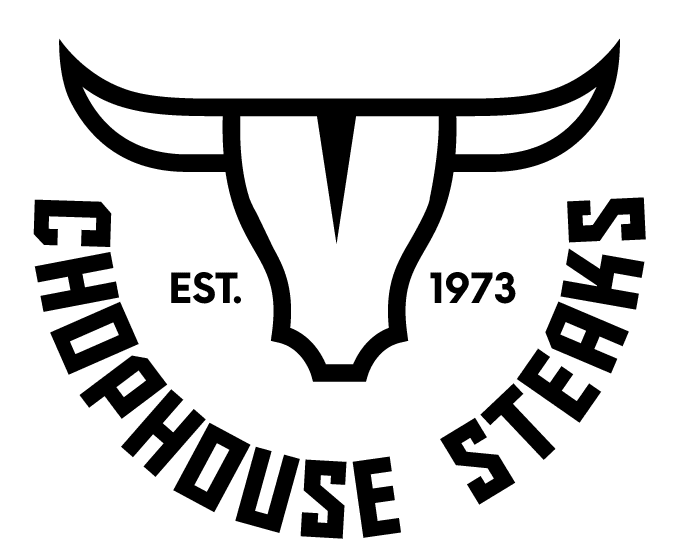Not many cuts of meat can claim a patriotic ballad as part of its fame. But roast beef can! Written by Henry Fielding, “The Roast Beef of Old England” was first performed in 1731 and starts:
“When mighty Roast Beef was the Englishman’s food,
It ennobled our veins and enriched our blood.
Our soldiers were brave and our courtiers were good
Oh! the Roast Beef of old England,
And old English Roast Beef!”
What is roast beef if not characteristically English fare? However, on a more practical note, there are various types available, so how do you know which is the best roast? Read on to uncover the popular beef roast cuts along with the best ways to cook each.
Chuck Roast
Being the largest and most complicated primal cut of beef, chuck has a bad rap. Mainly made up of the cow’s shoulder, the meat is on the tough side thanks to the use of these locomotion muscles. It is also rather fatty – marbling makes it tasty, but less appealing to health-conscious consumers.
In recent years, innovative butchers have isolated muscles within the beef chuck. Beef chuck roasts can now be carved out and sold as Boston Cut and English Roast or Cross Cut roasts.
The best ways to cook a chuck roast is as a pot roast or stew, braise it, or in a slow cooker. Chuck roasts shred well.
Rib Roast
Not one, but three versions of beef rib roasts exist. While all three are cut from the section between the short loin and shoulder, each has its own characteristics:
- Standing rib roast not only looks majestic but is also mouth-wateringly self-basted. Cut with three to seven rib bones on which it stands during roasting. (Think of it as the beef equivalent to a rack of lamb.) The upper layer of fat melts over the meat, keeping it moist and adding to the flavour. Cook a standing rib roast low and slow to ensure that the meat cooks evenly throughout. To facilitate easier carving, ask your butcher to remove the chine bone.
One thing to be aware of is the frequent mislabelling of standing rib roast as more expensive prime rib roast. Buy from a reputable butcher to ensure that you are not being ripped off. - Rolled rib roast is a boneless roast joint that comes from either the loin end or the chuck end. The smaller, leaner first cut has some fat through the middle and good marbling throughout. The second cut can be identified by the additional layer of fat in the middle. Both are rolled into a tubular shape that is secured with string.
- Rib-eye roast is the more expensive roast because it is cut from the boneless, center section of the rib area. Although it has less flavour than a bone-in rib roast, it is very well-marbled which adds to the taste.
Boneless roasts should be raised off the bottom of the tray using a rack or a bed of roughly chopped vegetables.
Rump Roast
Cut from a round primal above the hip, beef rump roasts are delicious and slice well. The flavourful meat can be a bit tough, so it is best to slowly cook a rump roast at a lower temperature. This method softens the connective tissue for a satisfying roast beef dinner. (Don’t forget the Yorkshire pudding!)
No matter what type of roast beef joint you are working with, the secret to juicy and tender meat is allowing it to rest once you have removed it from the oven. Doing so gives the beef juices that have settled in the middle of the joint during cooking a chance to diffuse back into the rest of the meat.
With over 50 years’ experience at sourcing and selecting beef from the top 2% of the herd or better then carving it and hand-cutting and trimming every steak, our beef gurus are confident about the quality and taste you will enjoy. Peruse the Chophouse Steaks online butcher shop today and find the best cut for roast beef at your next gathering.

